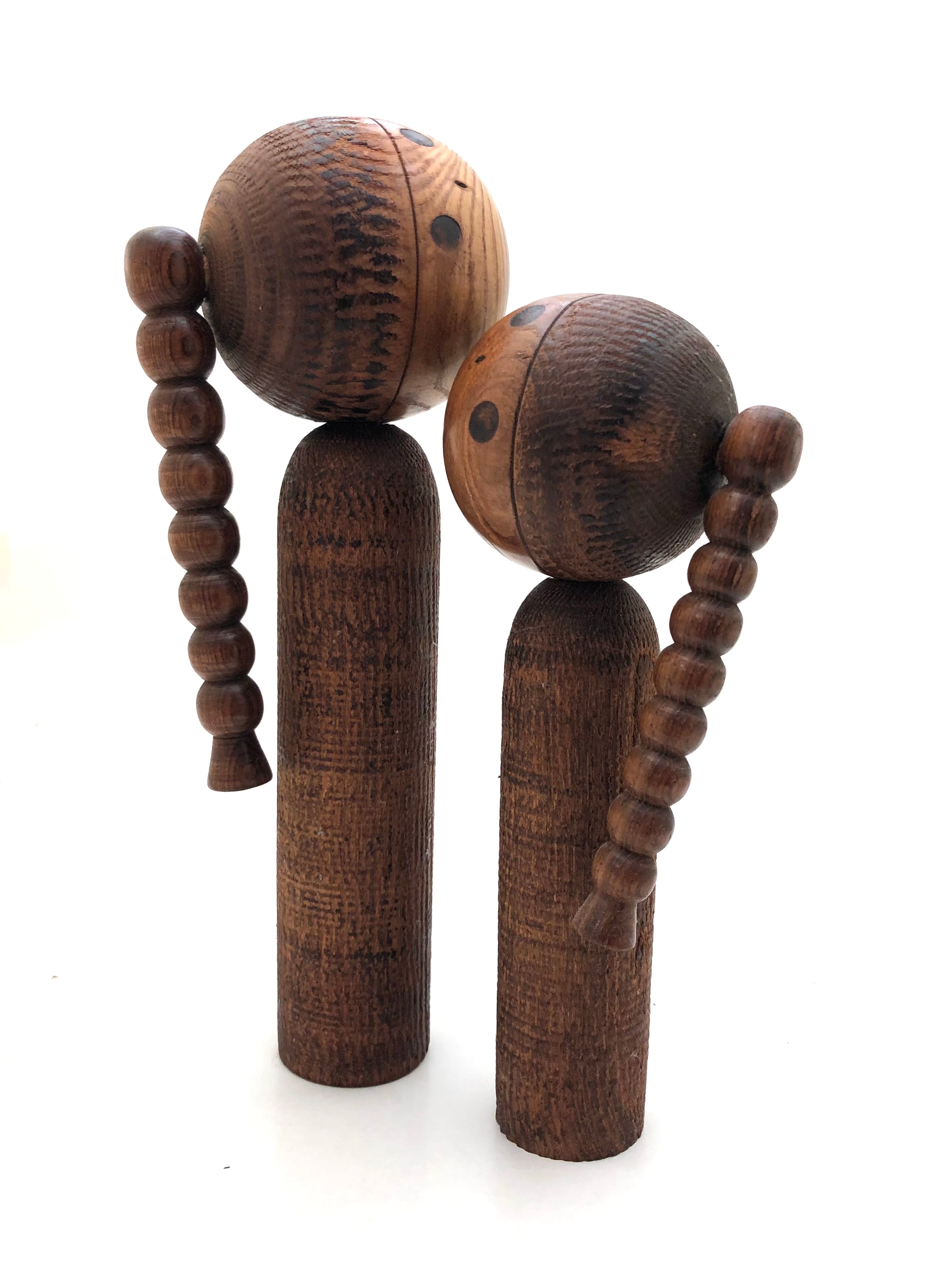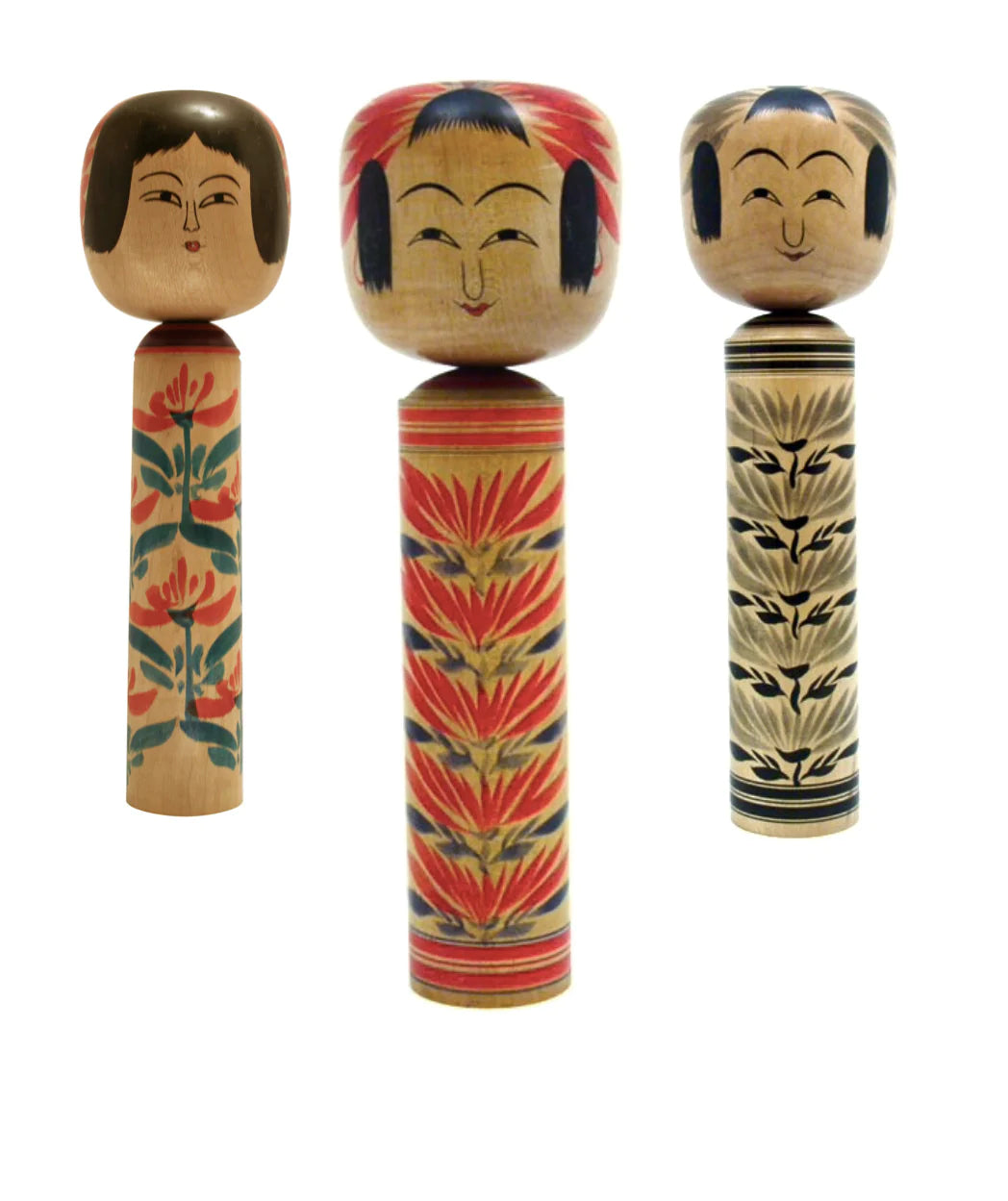




Vintage Japanese Kogo Bizen-ware Komainu Dog | Gorobe-gama Kiln
Dimensions: 1-3/4”h x 3-3/4”w z 2-1/2”w
This is an “old” bizen ware lion dog that appears on the top of the kogo in the shape of a Komainu, and is the removable cap to this lovely figure. Bizen ware craftsmen go far beyond the traditional items and make various containers that express their individuality. The piece has delicate pores and slight air permeability, and in this case rough to the touch. After a great deal of use the irregularities on the surface will gradually become smoother as it is regularly used. Based on that this piece remains rough to the touch meaning it was not used regularly. The original soil for Bizen ware is a clay layer called the Hiyose located underground around the Inbe area. This material is valuable because there are very few places where we could mine this soil. Depending on the type of work and the artist’s preference. Since Bizen ware does not use glaze, the raw material, clay, is considered extremely important.
Although some believe this is an interpretation of the ShiShi Lion, research tells us from the facial details it is that of a Komainu, (Goguryeo dog), inspired by China and Korea and made in the Edo Period. This Komainu has a partially open mouth called “a-gyo” with its prominent teeth. It is lying down and not sitting upright as the ShiShi is typically depicted. In the beginning, Komainu had a long horn but as time passed, the horn was getting shorter.
Portions of the undertake and base are glazed but the remaining surface is rough and unglazed. The piece has an impressed mark on the bottom and is translated as the Gorobe-gama Kiln. See https://mingeiarts.com/blogs/celebration-of-mingei-journey-through-japan/kogo-incense-containers-open-the-atmospheric-paths-of-creativity-socialization for further readings.
Condition: Excellent condition for the piece is perfect, with no chipping, missing elements, or color loss. It retains a beautiful finish, with its original craftsmanship preserved. Museum-quality: meeting the standards of the Japanese folk art genre collector.
Return Policy
Our antique/vintage pieces are identified/described and professionally photographed, and considered, “as is”, therefore all sales are final. Read our full refund and return policy.


